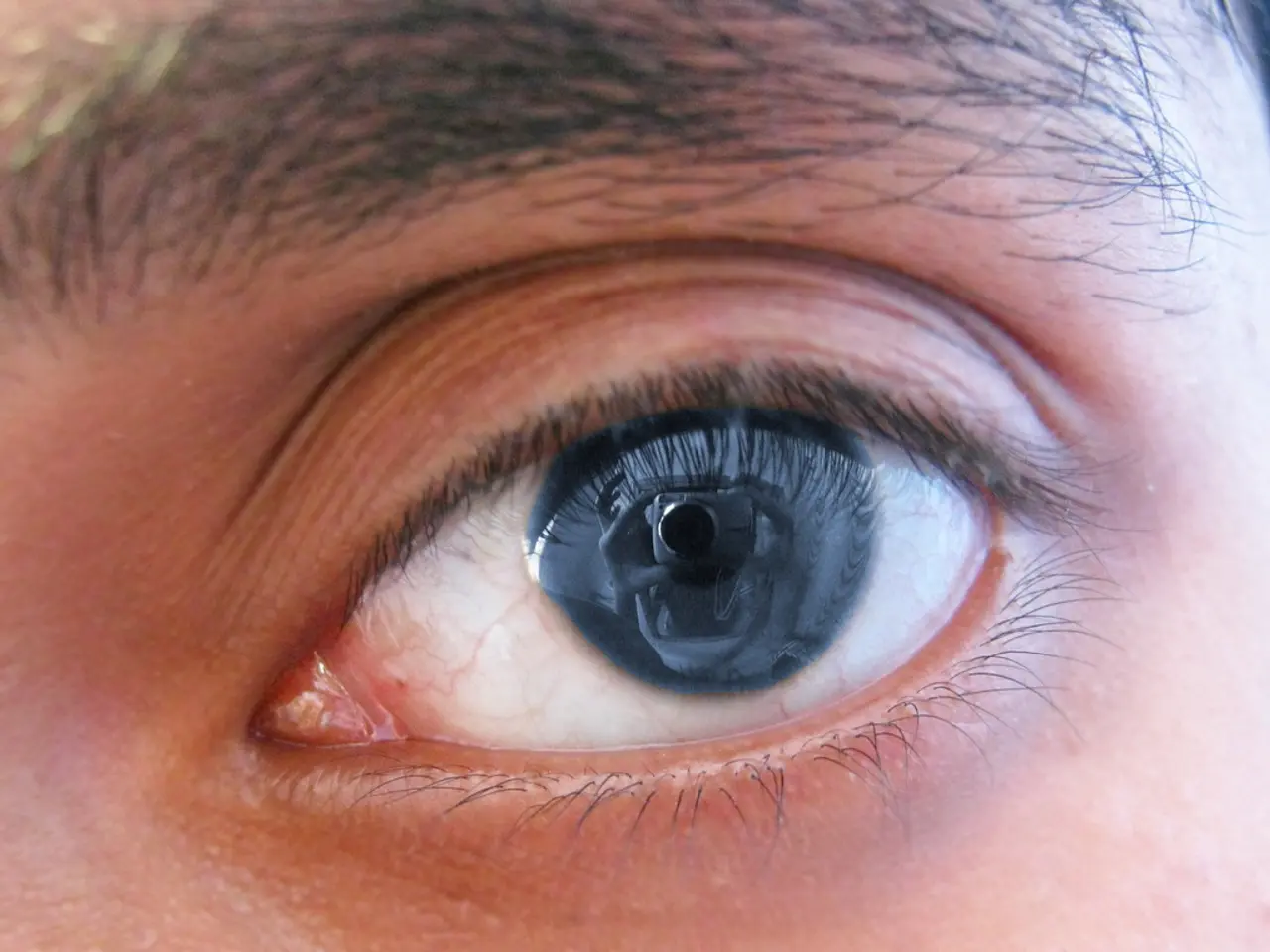Pink Eye Appearance: Recognizing Symptoms and Visual Aids
Allergic conjunctivitis is a common eye condition that affects the conjunctiva, the thin, moist membrane covering the white of the eyes and the inner eyelids. This condition is characterised by symptoms such as intense itching, redness, swelling, tearing, burning or stinging sensations, swollen eyelids, sensitivity to light, and sometimes a clear, stringy discharge.
The cause of allergic conjunctivitis is an allergic reaction triggered by the immune system overreacting to harmless substances called allergens. Common allergens include pollen, pet dander, dust mites, mold, and environmental pollutants such as smoke or air pollution. The immune response leads to the release of histamine and other chemicals, causing inflammation in the conjunctiva. Allergens may be seasonal (e.g., pollen in spring or fall) or perennial (year-round indoor allergens like dust mites and pet dander).
| Symptom | Cause | |--------------------------------|-----------------------------------------------------| | Intense itching | Immune reaction releasing histamine to allergens | | Redness (conjunctival injection)| Allergic inflammation of eye lining | | Swelling (chemosis) | Fluid accumulation caused by allergic response | | Tearing | Eye’s attempt to flush out allergens | | Burning or stinging | Chemical irritants released during allergic reaction | | Swollen eyelids | Inflammatory response | | Sensitivity to light | Inflammation causing photophobia |
Allergic conjunctivitis tends to affect both eyes and may be seasonal or year-round depending on allergen exposure. Unlike infectious conjunctivitis, allergic conjunctivitis is not contagious.
In most cases, avoiding allergens is the primary treatment and prevention approach. Other treatment options include topical medications such as antihistamines, vasoconstrictors, steroids, and mast cell inhibitors. In severe cases or when conjunctivitis is chronic, conjunctival tissue scrapings may be necessary.
It's important to note that conjunctivitis is separate from a stye, which is a pustule of infection that affects the eyelid. Doctors may use fluorescein eye stain to identify the herpes simplex virus (HSV) when conjunctivitis occurs alongside cold sores or other skin lesions.
While cold compresses may be more soothing for allergic conjunctivitis, it's not always necessary to visit a doctor. However, if symptoms persist or worsen, it's important to seek medical attention. In cases of severe or bacterial conjunctivitis, a doctor may prescribe antibiotic eye drops or ointments. For viral conjunctivitis, antiviral therapy may be prescribed, such as trifluridine 1% drops, ganciclovir 0.15% gel, and oral acyclovir.
In conclusion, understanding the symptoms, causes, and treatment options for allergic conjunctivitis can help manage this common eye condition. If symptoms persist or worsen, it's always best to consult a healthcare professional.
Read also:
- Kazakhstan's Deputy Prime Minister holds discussions on the prevailing circumstances in Almaty
- Bundestag Weekly Overview
- Announced: Initial Health Improvement Awards for Local Communities
- Elderly drivers could face a ban from the road if they don't pass a mandatory vision test under government plans, defended by the minister.





